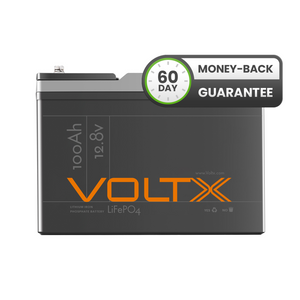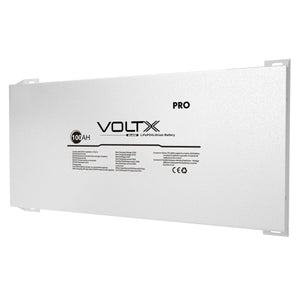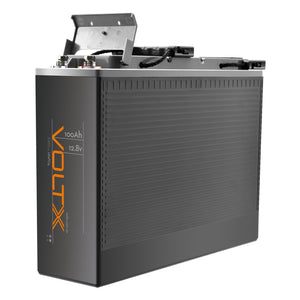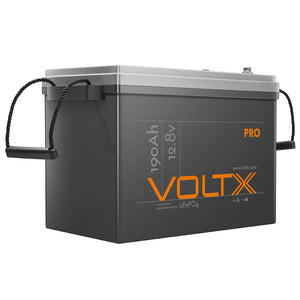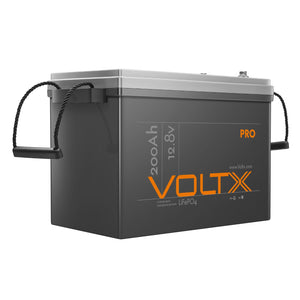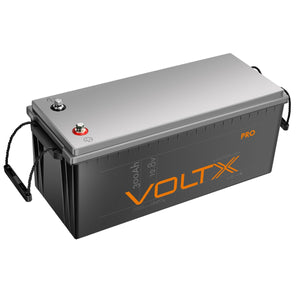What are the different charging methods you can do on a 12 volt lithium battery - deep cycle? The recommended way to charge a Li-ion battery is to provide a ±1% voltage-limited constant current to the battery until it becomes fully charged, and then stop. Methods used to determine when the battery is fully charged include timing the total charge time, monitoring the charge current or a combination of the two.
The first method applies a voltage-limited constant current, ranging from C/2 to 1C for 2.5 to 3 hours, thus bringing the battery up to 100% charge. You also can use a lower-charge current, but it will require more time. The second method is similar, but it requires monitoring the charge current.
As the battery charges, the voltage rises, exactly as in the first method. When it reaches the programmed voltage limit, which is also called the float voltage, the charge current begins to drop. When it first begins to drop, the battery is about 50% to 60% charged.
The float voltage continues to be applied until the charge current drops to a sufficiently low level (C/10 to C/20), at which time the battery is approximately 92% to 99% charged and the charge cycle ends. Presently, there is no safe method for fast charging (less than one hour) of a standard Li-ion battery to 100% capacity.
Applying a continuous voltage to a battery after it is fully charged is not recommended, as it will accelerate permanent capacity loss and may cause internal lithium metal plating. This plating can develop into an internal short circuit, resulting in overheating and making the battery thermally unstable. The length of time required is months.
Some Li-ion battery chargers employ a thermistor to monitor battery temperature. Such a monitor's main purpose is to prevent charging if the battery temperature is outside the recommended window of 0 °C to 40 °C. Unlike NiCd or NiMH batteries, Li-ion cell temperature rises very little when charging.
The main determining factor for float voltage is the electrochemical potential of the active materials used in the battery's cathode, which for lithium is approximately 4V. The addition of other compounds will raise or lower this voltage. The second factor is a tradeoff between cell capacity, cycle life, battery life and safety.
Most Li-ion manufacturers have set a 4.2-V float voltage as the best balance between capacity and cycle life. Using 4.2V as the constant voltage limit (float voltage), a battery can typically deliver about 500 charge/discharge cycles before the battery capacity drops to 80%. One charge cycle consists of a full charge to a full discharge. Multiple shallow discharges add up to one full-charge cycle.
Although charging to a capacity less than 100% using either a reduced float voltage or minimum charge-current termination will result in initial reduced battery capacity, as the number of cycles increases beyond 500, the battery capacity of the lower float voltage can exceed the higher float voltage.
Because of the different Li-ion battery chemistries and other conditions that can affect battery life, the curves shown here are only estimates of the number of charge cycles and battery-capacity levels. Even a similar battery chemistry from different manufacturers can have dramatically different results due to minor differences in battery materials and construction methods.
Battery manufacturers specify a charge method and a float voltage the end user must use to meet the battery specifications for capacity, cycle life and safety. Charging above the recommended float voltage is not recommended. Many batteries include a battery-pack protection circuit, which temporarily opens the battery connection if the maximum battery voltage is exceeded.
